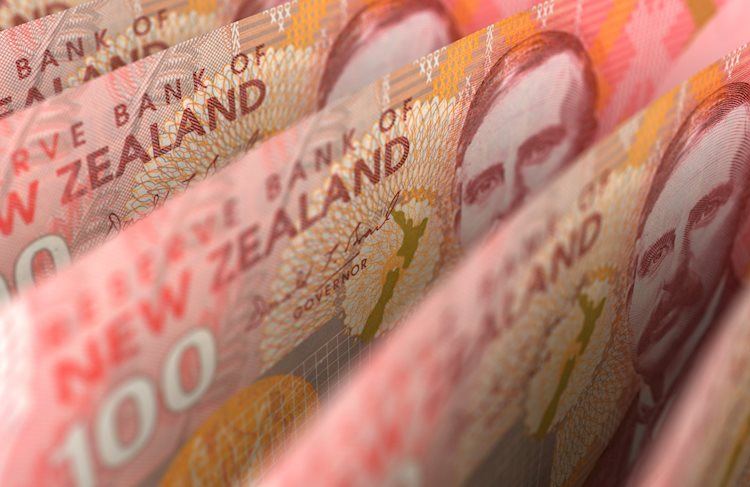The NZD/USD pair is facing more downside pressure after soft inflation data in New Zealand has led to expectations of dovish bets from the Reserve Bank of New Zealand (RBNZ). The US Dollar, on the other hand, has reached a two-month high as the Federal Reserve is expected to gradually cut interest rates. NZD/USD has declined below the 200-day Exponential Moving Average (EMA), signaling a bearish trend for the pair.
The New Zealand Dollar, also known as the Kiwi, is influenced by various factors such as the performance of the Chinese economy, which is New Zealand’s biggest trading partner, and dairy prices, as the dairy industry is the country’s main export. Additionally, the RBNZ aims to maintain an inflation rate between 1% and 3%, affecting interest rates and the rate differential compared to the US Federal Reserve, which can impact the NZD/USD pair.
Macroeconomic data releases in New Zealand play a crucial role in assessing the state of the economy and can affect the valuation of the New Zealand Dollar. A strong economy with high economic growth, low unemployment, and high confidence is positive for the NZD. The currency tends to strengthen during risk-on periods when market risks are low and investors are optimistic about growth, while it weakens during times of market turbulence or economic uncertainty.
The near-term outlook for the Kiwi pair remains bearish as it has formed a lower swing low and is trading below the 200-day EMA. The 14-day Relative Strength Index (RSI) suggests a bearish momentum, with more downside likely towards the psychological support at 0.6000. A reversal move above key resistance levels could drive the pair higher towards the 50-day EMA and previous highs.
Overall, the NZD/USD pair is facing downward pressure due to soft inflation data in New Zealand and expectations of dovish bets from the RBNZ. The US Dollar, on the other hand, has strengthened as the Federal Reserve is expected to gradually cut interest rates. Various factors such as the performance of the Chinese economy, dairy prices, and macroeconomic data releases in New Zealand play a key role in determining the value of the New Zealand Dollar and influencing the NZD/USD pair.











